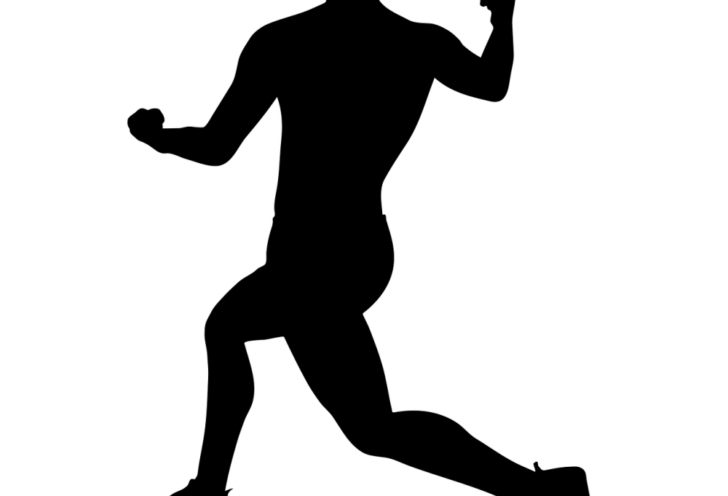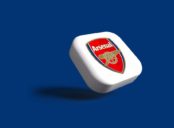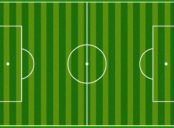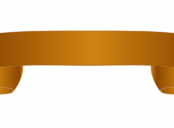Cristiano Ronaldo Diet: Achieving Sporting Greatness Through Nutrition

Introduction:
The Cristiano Ronaldo diet has been the subject of much intrigue and speculation, as the iconic footballer’s dedication to nutrition has played a significant role in his success on the field. In this article, we will provide a detailed overview of the Cristiano Ronaldo diet, exploring its various types, popular practices, and quantitative measurements. Furthermore, we will discuss how different versions of the diet vary and provide a historical analysis of their pros and cons.
1. Understanding the Cristiano Ronaldo Diet:

The Cristiano Ronaldo diet is a structured eating plan that is designed to optimize performance, promote muscle growth, and maintain overall health. Ronaldo’s approach to nutrition involves consuming a carefully balanced combination of macronutrients, micronutrients, and hydration.
2. Exploring the Various Types of Cristiano Ronaldo Diet:
a. Macronutrient Ratio: One popular version of the Cristiano Ronaldo diet focuses on maintaining a specific ratio of macronutrients, typically consisting of high protein, moderate carbohydrates, and low fat. This approach aims to support muscle growth, enhance recovery, and improve overall body composition.
b. Mediterranean Diet: Ronaldo has also embraced the Mediterranean diet, which emphasizes whole foods, lean proteins, healthy fats, and abundant fruits and vegetables. This diet promotes cardiovascular health, reduces inflammation, and provides a wide array of essential nutrients.
c. Intermittent Fasting: Another dietary practice Ronaldo has experimented with is intermittent fasting. This involves alternating periods of eating and fasting, leading to potential benefits such as improved insulin sensitivity, increased fat burning, and enhanced cellular repair.
3. Quantitative Measurements:
The Cristiano Ronaldo diet places great importance on precise quantitative measurements to maximize results. These measurements include tracking macronutrient intake, monitoring caloric consumption, and frequently assessing body composition. By meticulously analyzing these factors, Ronaldo can adapt his diet to match the specific demands of his training and performance schedule.
4. Understanding the Differences Between Cristiano Ronaldo Diets:
Although the core principles of the Cristiano Ronaldo diet remain consistent, variations in specific macronutrient ratios, timing of meals, and supplementation can differ. The diet may be adjusted based on individual goals, body composition, and metabolic requirements.
5. Historical Analysis of Pros and Cons of Cristiano Ronaldo Diets:
a. Pros: The Cristiano Ronaldo diet provides numerous advantages, including enhanced athletic performance, increased energy levels, improved recovery, and overall better health. The focus on whole, nutrient-dense foods also promotes longevity and reduces the risk of chronic diseases.
b. Cons: However, there are potential drawbacks to consider. Strict adherence to the diet requires discipline and may restrict certain food choices, potentially leading to feelings of deprivation. Additionally, individual variations in metabolism and nutrient requirements must be considered when adopting the diet.
Conclusion:
The Cristiano Ronaldo diet is a meticulous, scientifically-backed approach to nutrition that has undoubtedly contributed to the football star’s exceptional performance and longevity. By emphasizing macronutrient ratios, whole foods, and quantitative measurements, Ronaldo has created a dietary framework that optimizes his athletic abilities. However, it is essential to acknowledge that individual variations and considerations must be taken into account when implementing such a diet. Aspiring athletes and health-conscious individuals can draw inspiration from Ronaldo’s dedication to nutrition and adapt his principles to suit their own goals.





















